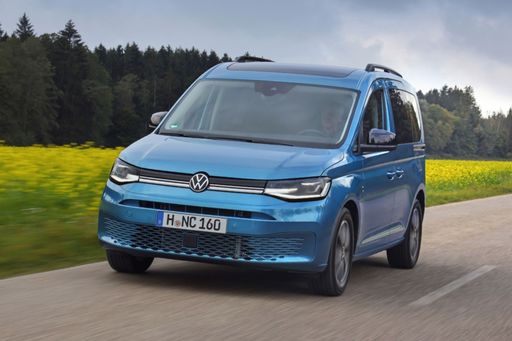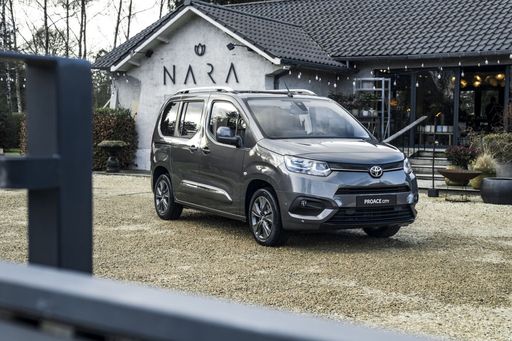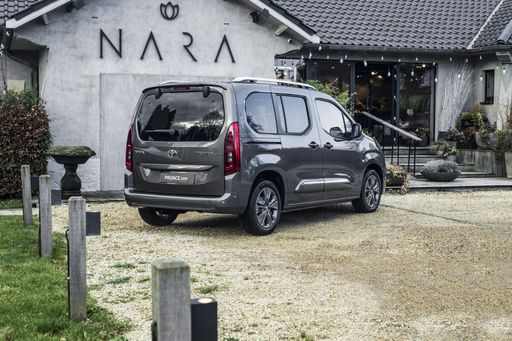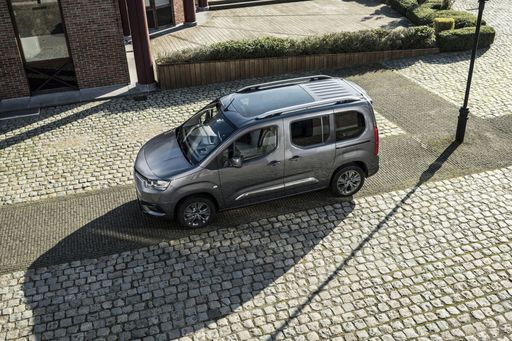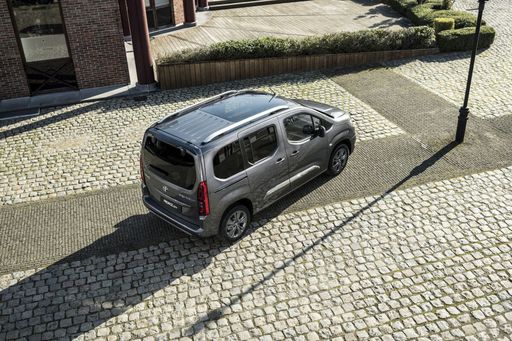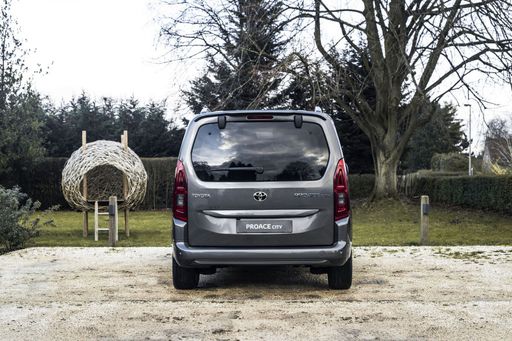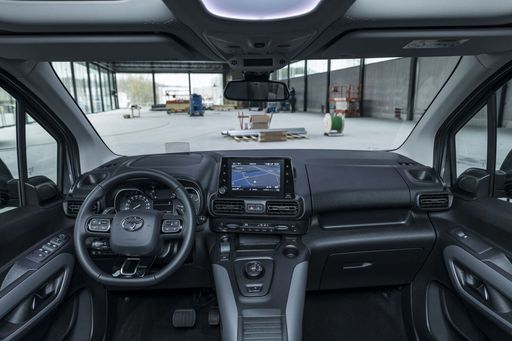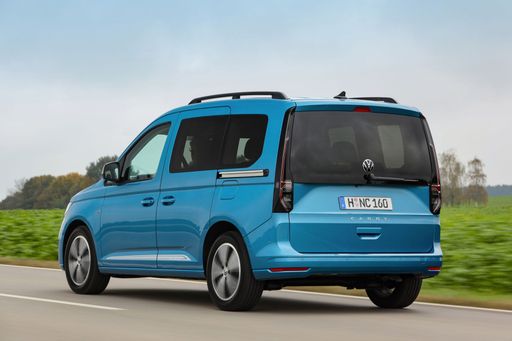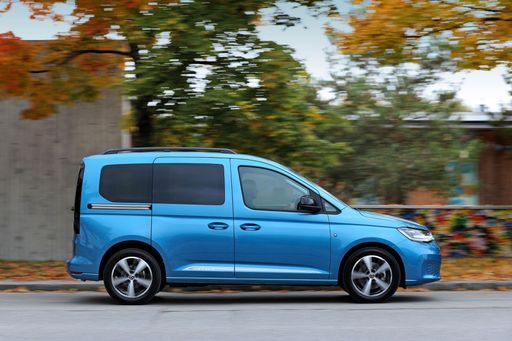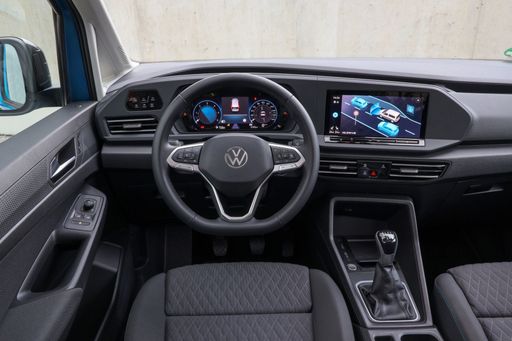Introduction to the Commercial Van Battle
In the realm of compact commercial vehicles, the Toyota Proace City and Volkswagen Caddy are two formidable contenders that cater to a wide range of business needs. Both vehicles combine practicality, performance, and innovative features, making the decision between them a challenging one for businesses. In this comparison, we’ll delve into the technical specifications and innovative features that set these two models apart.

